The post Walking the Line – How Using Line in Photography Can Enhance Your Images appeared first on Digital Photography School. It was authored by Megan Kennedy.
Defined in Wikipedia as the “marks that span a distance between two points,” lines on their own don’t sound particularly enthralling. But when you think about it, the very basis of visual arts centers on the use of line. Take painting for instance; many paintings start as line drawings. These lines intersect to form shapes. The shapes are then filled with tone and color and the process continues, building on the scaffold of line to create an image.

It’s no wonder that line is probably the most versatile of the elements of art. In photography, every photograph hinges upon the reproduction of a scene constructed by lines. Even the physical edges of a photograph are dictated by the lines of the photographic frame it is within.
By deliberately incorporating different types of line into an image, a photographer can take greater control over the way an image gets read. Here, we’ll look at the different types and characteristics of line and why you should prioritize them in your photography.
Why use line?
As one of the intrinsic elements of art, line appeals to our innate understanding of the visual landscape. Delineating shape and form, line constructs a narrative in an image, guiding a viewer’s eye around a photograph. The use of various forms of line set the emotional tone of an image while leading lines create an optical entry and exit point. By mindfully incorporating line into your photography you can take control of the viewer’s gaze, therefore, maximizing presence and impact.
Types of line
Trees, buildings, roads, or rivers – line takes on a new life depending on the environment. Focusing on specific types of line creates connections with a viewer and builds images that have depth and substance.
Horizontal
The horizon is the line that separates the sky from the earth. Derived from the Greek words for “separating circle,” “to divide” and “to separate,” the horizon dictates the way we orient ourselves. It marks the furthest distance the eye can see. If the horizon is obscured, the resulting junction of earth and sky is called the visible horizon. Nevertheless, the horizontal line is innately linked to nature.
Horizontal lines read as an organic presence in a photograph. Our associations with the gradual rise and fall of the sun over the horizon evokes a sense of time and rhythm. Because humans generally sleep horizontally, we associate horizontal lines with relaxation, rest and stability.
That said, the majority of travel functions on a horizontal trajectory, meaning that horizontal lines can also denote a sense of motion. In situations involving panning or slow shutter speed photography, the path of the horizontal line anchors the image to a readable axis, accentuating motion through motion-blur and adding a unique dynamism to an image.

Vertical
The vertical line has come to be seen as a symbol of quiet endurance. Maintaining the integrity of a photograph through our visual associations with strength, vertical lines add vitality to a photograph.
As mentioned before, humans sleep horizontally and stand vertically, creating a visual association between energy and the act of being upright. The exclamation mark is another example of this. Its’ vertical stroke suspended above a full stop to communicate action and energy at the end of a sentence.
Though associated with steadfast urban structures, the vertical line can still hearken back to nature, delineating growth over the passage of time. The epigeal seed pushing through the earth follows a vertical path in the direction of the sun, cultivating a juxtaposition between the urban and natural environments.
Diagonal
As one of the first Western artists to focus entirely on non-representational forms of painting, Wassily Kandinsky experimented heavily with the geometrical elements that make up an artwork. Published in 1926, Kandinsky wrote extensively on the artistic attributes of line in his book Point and Line to Plane. In the book, he stated that “the third line is the diagonal which, in schematic form diverges from both [vertical and horizontal line]…at the same angle…a circumstance which determines its inner sound…diagonal line is the most concise form of the potentiality for endless…movement”.

A painting by Wassily Kandinsky courtesy of Wikimedia Commons
Often diminishing from the foreground into the depths of a photograph as leading lines, diagonals lift an image off the page. When repeated in close conjunction or zig-zagged, diagonal lines create a vibration that plays with our vision like an optical illusion.
Free from the constraints of vertical/horizontal orientation, the diagonal line operates as a visual hive of activity. While solid horizontal and vertical lines imply stasis, the diagonal line teeters between the two, generating a palpable sense of kinetic energy.

Curved
From the event of the early human, curves have held a particular fascination in the visual arts. Simple to create, yet visually complex, the decorative use of curves has been discovered on countless examples of ancient art.

Megalithic art featuring curved demarcations courtesy of Wikimedia Commons
Adopted as a traditional art concept in Ancient Greek and Roman sculpture, many figures were sculpted on the double-curvature of the S. This S curve was proclaimed as the “line of beauty” by 18th-century painter, satirist, and writer, William Hogarth. Hogarth said that the curve signified liveliness and activity, as opposed to “straight lines, parallel lines, or right-angled intersecting lines, which signify stasis, death, or inanimate objects.”
As a line, curves join point A to point B. The difference lies in the path the curved line takes, traveling in bends and dips before arriving at a destination. A curved river winding through a landscape may connect the foreground with the background, but it does so in its own time, imparting a sense of calm and ease.

Implied lines
Perhaps the most intriguing line of all, implied lines are implied by other visual components in an image. Gesticulations, points of interest, lines of sight, arrows, similarities and movement all create implied lines. These implied lines tow the viewer’s eye from one point to the next within a frame.
Without the strict use of a physical line, implied lines lend momentum and narrative to an image. Think of ancient astrologers joining up the stars with implied lines to create celestial beings. Or, the movement of a car in a particular direction, sweeping the viewer’s eye along with the subject. Neither example makes use of a dedicated line. However, each has the effect of composing a network of lines that make the image more interesting and readable.


Characteristics of line
Along with the different types of line, there are different characteristics of line. Thick, thin, soft, and hard. These characteristics govern the nature of a line, adding depth and interest to an image.
Width
The width of a line refers to its thickness. Dictated by their real-life physicality, thicker lines are stronger and have a bolder presence. A thin line is easier to break and therefore has more delicate connotations. Width also refers to the tapering of a line. A line that disappears into the background of an image creates a visual illusion of depth. A line with an uneven or jerky width denotes a sense of playfulness, texture or unrest.
Length
Length covers the overall length of a line. A short line indicates immediacy or action. Long lines denote a feeling of space and calm. Length also dictates the continuity of a line. A broken line gives the impression of movement, like the imprint of footsteps in the sand. Continuous lines, like those often found in landscapes, are more relaxed.
Feeling
The feeling of a line dictates its visual tactility. Visual tactility is the way a viewer feels about a subject just by looking at it. Over a lifetime we compile a mental bank of the physical sensations we encounter. When stimulated visually to access this mental bank, we mentally experience sensation without actually touching a subject. For example, a picture of a line tapered to a sharp point can stimulate the impression of a pin-prick. By exploiting the tactile characteristics of line (such as roundness or roughness), a photographer can appeal to a viewer physically as well as visually.

Direction
As discussed above, line can sprout from any direction. Depending on the subject (and the orientation of the camera), line can be vertical, horizontal, diagonal or curved. The direction of the line dramatically alters the reading of an image, creating (or deconstructing) a scene. For example, a horizontal line evokes a sense of nature and time, whereas a diagonal line charges an image with energy.
Focus
The focus of a line is much like the measure of focus in a photograph. Some lines can be sharp, others blurry or fuzzy. The focus of a line illustrates how smoothly it blends into other segments of a photograph. A sharp line is an abrupt contrast, commanding attention. A blurry or faint line is more subtle, easing from one subject to the next, creating a gentle transition between subject matter.
Color
A vast number of emotional associations are connected with color. Rooted in both cultural and universal experience, studies show that different colors have different influences on the brain. This means that a viewer will have a different visual experience based on the color make-up of a photograph.
The color of a line contributes significantly to the reading of a photograph. For example, a yellow line could signify energy or allude to danger. A blue line could signify calm or water. Connotations like these shape the outcome of an image, creating harmony (or disharmony) and adding impact.

Emotion
Emotional connotations govern the experience of a viewer. For example, jagged lines foster an impression of energy and unrest whereas a serpentine S curve cultivates a more relaxed atmosphere.
From urban abstracts and landscapes to the human form, line appeals to our senses on a psychological level. Whether it be curvy, horizontal, jagged or diagonal, our innate associations make line a valuable tool to convey emotion.
Conclusion
As painter Jean-Michel Basquiat once said, “every line means something.” For an effective image, different components of composition must come together to form a cohesive body of information. As one of the most versatile elements of design, line speaks to our sense of the world. Through the mindful combination of the types and characteristics of line, you as a photographer can convey a unique experience to a viewer on both a conscious and subconscious level.
The post Walking the Line – How Using Line in Photography Can Enhance Your Images appeared first on Digital Photography School. It was authored by Megan Kennedy.

Digital Photography School










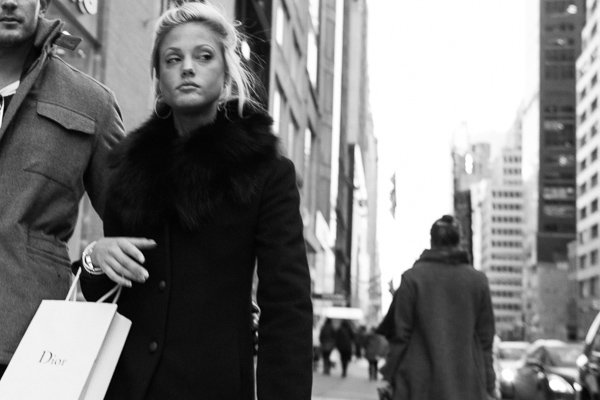












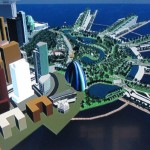
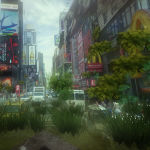










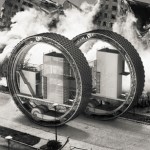
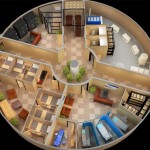



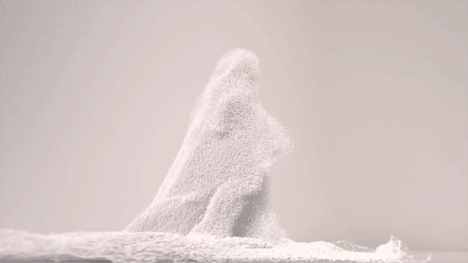

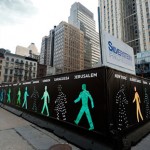
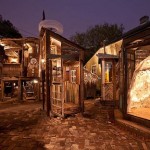
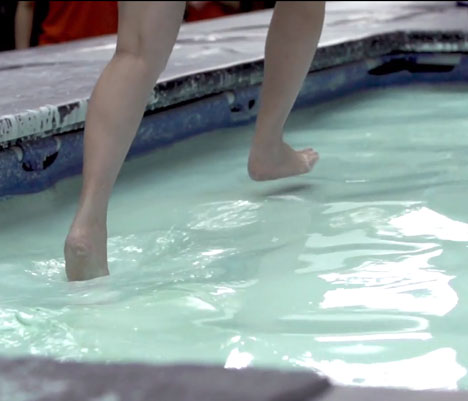

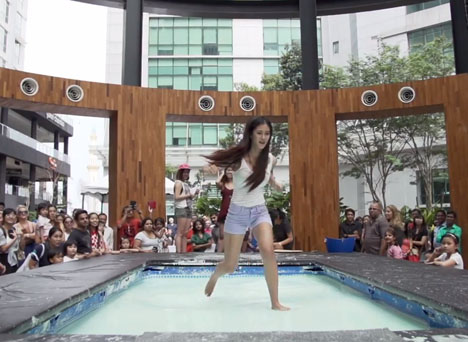
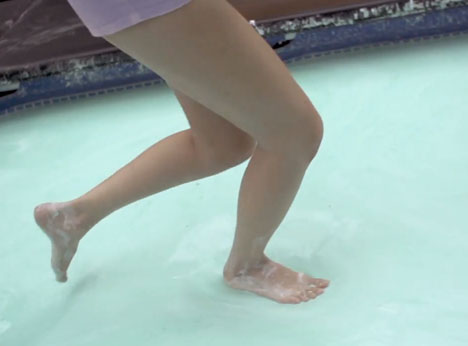
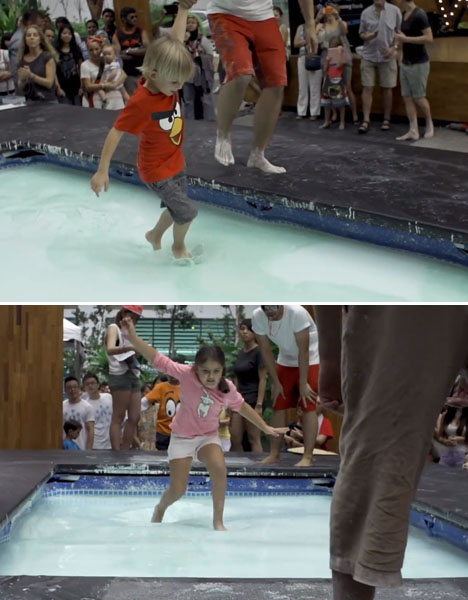

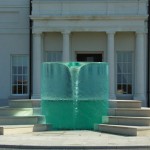

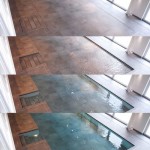












































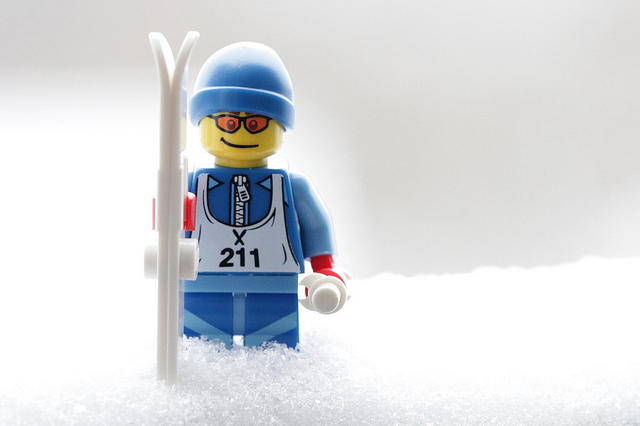

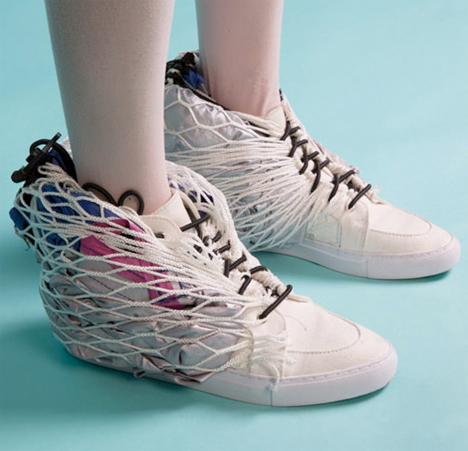
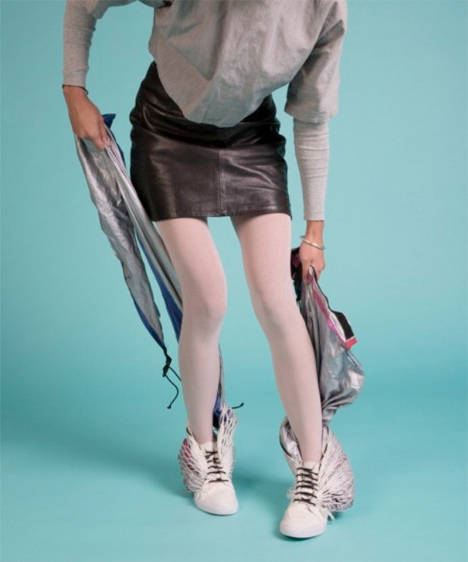
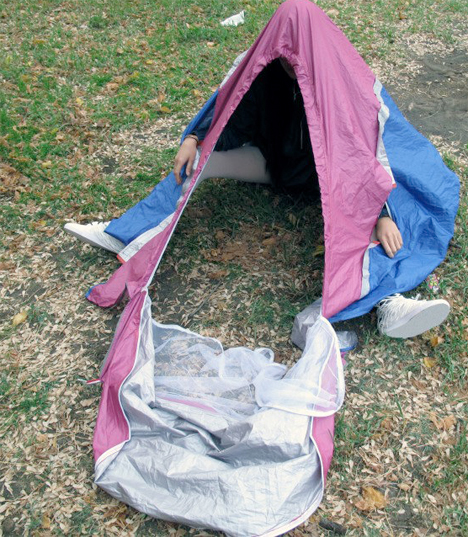
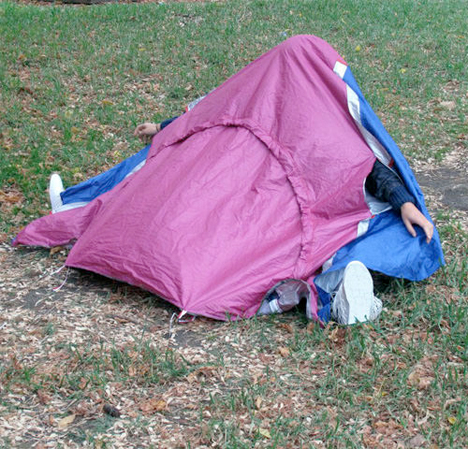
You must be logged in to post a comment.